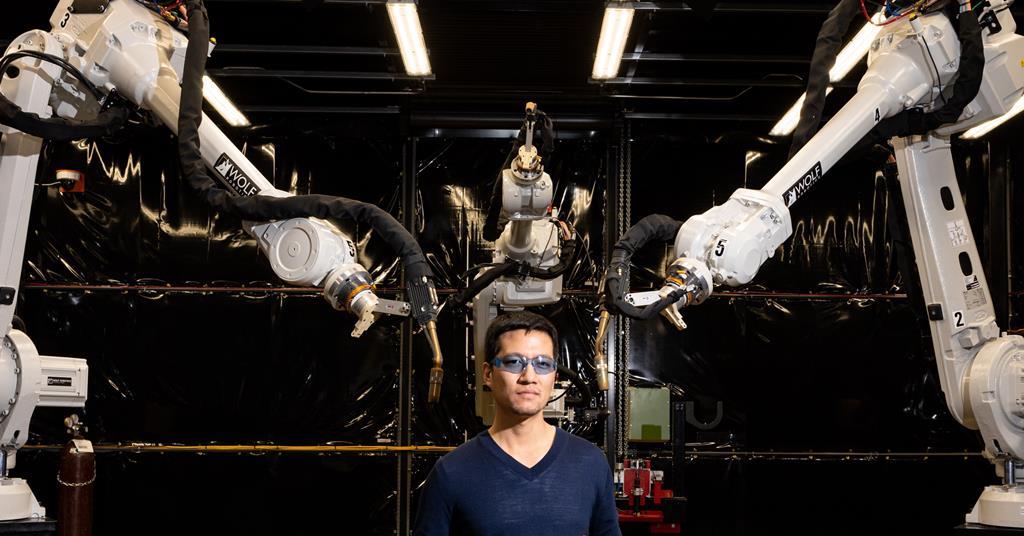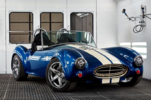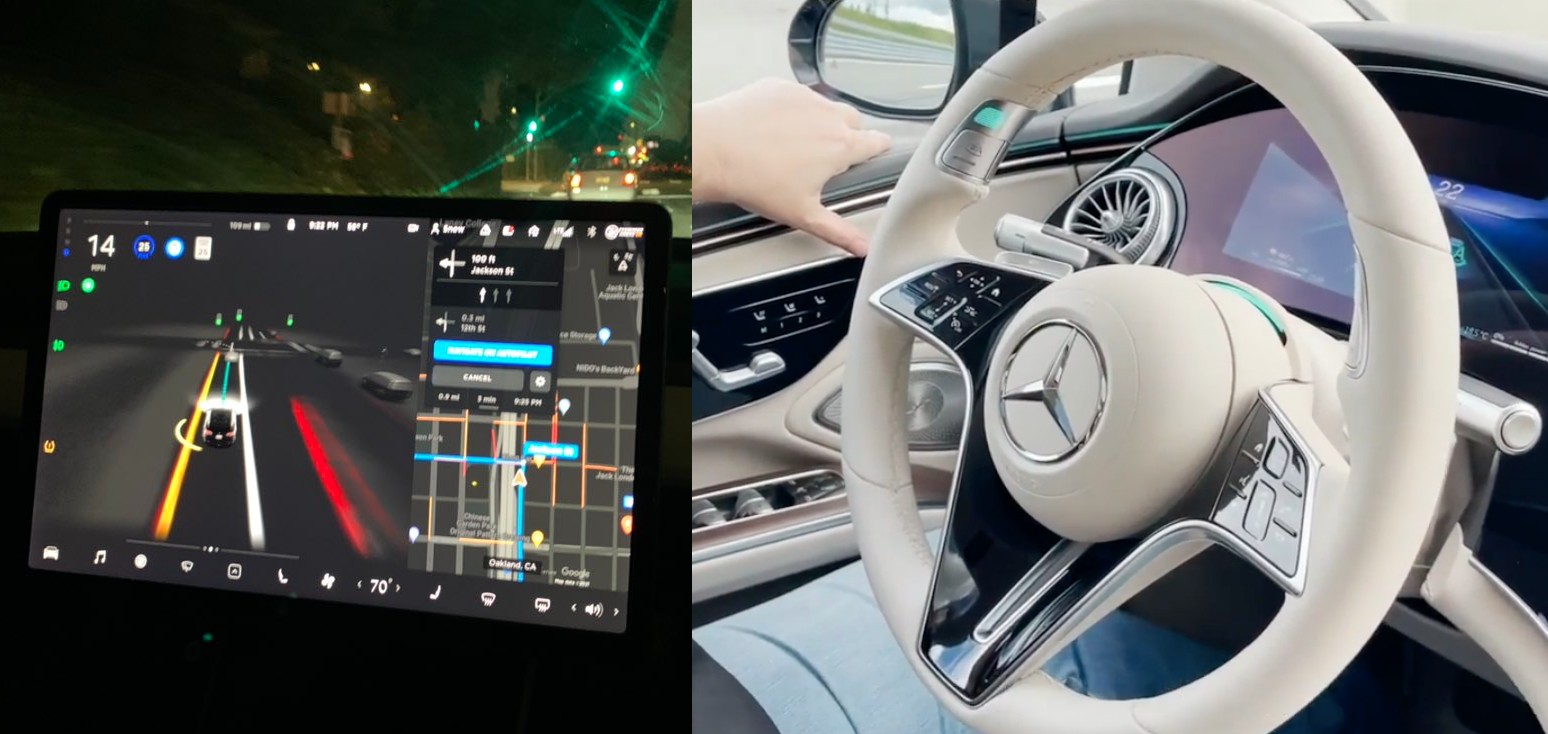um, you folks do realize there is at least 1 extra Shelby Cobra out there, that was 3D printed, so $20,000,000 1 offs will be copied a bit and if I recall, the copy is electric
(in the near future, chassis by somebody, body by somebody else)
(in the mid 1960's we got a Facele Comete, chassis by Ford, shipped to France and body installed there SN 1,136 or something close, it's sitting in a barn in Virginia, along with a 1941 Lincoln)


 www.chemistryworld.com
www.chemistryworld.com
(in the near future, chassis by somebody, body by somebody else)
(in the mid 1960's we got a Facele Comete, chassis by Ford, shipped to France and body installed there SN 1,136 or something close, it's sitting in a barn in Virginia, along with a 1941 Lincoln)

3D printing the future
Kit Chapman takes a tour of a US Department of Energy lab, where 3D printing is performed on a massive scale
Attachments
Last edited:








